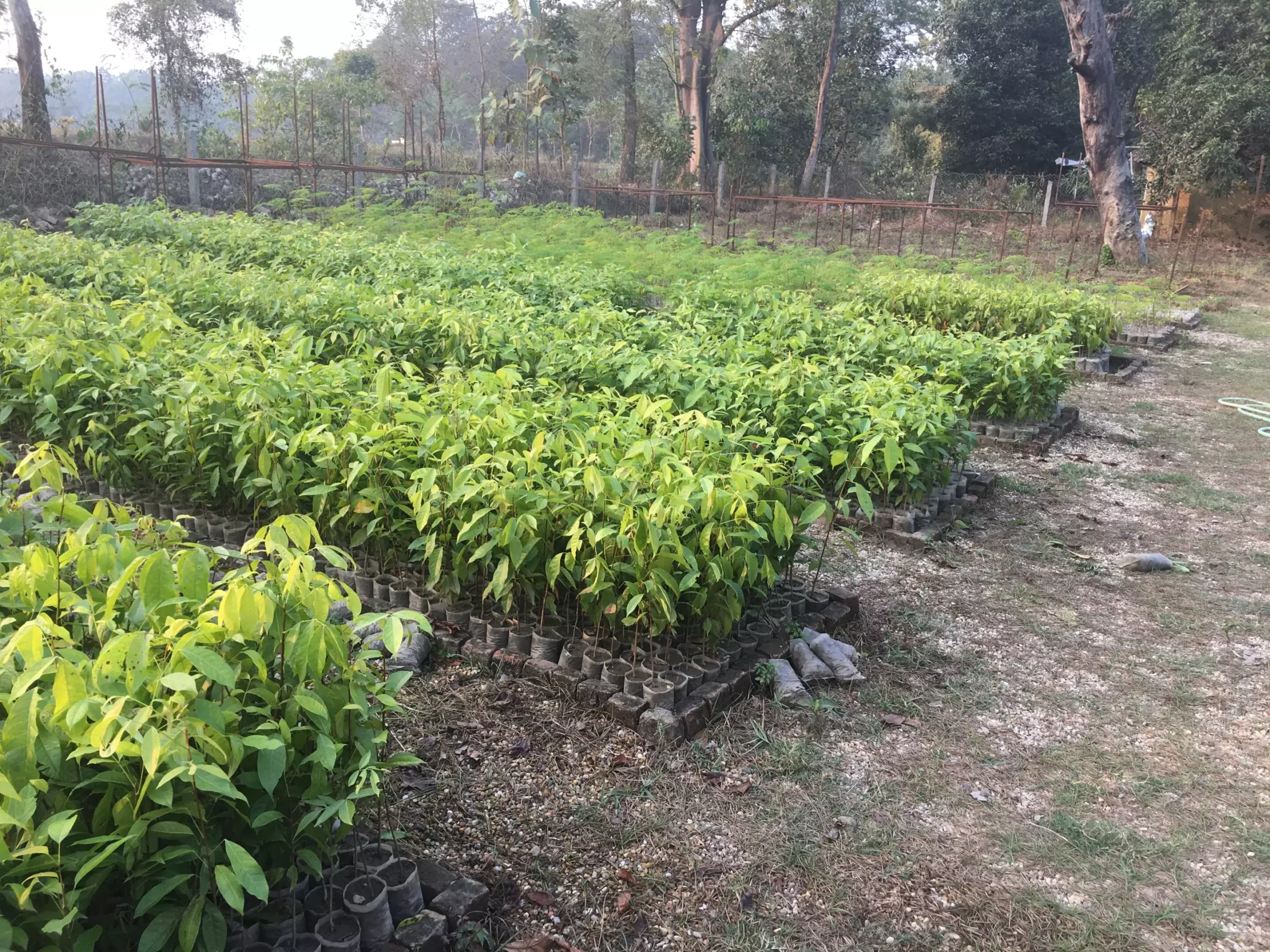In the relentless battle against climate change, reforestation emerges as a powerful tool, particularly in low- and middle-income countries heavily affected by deforestation. A groundbreaking study published in *Nature Climate Change* reveals that reforestation strategies can sequester carbon dioxide from the atmosphere more effectively and inexpensively than previously understood. This pivotal research challenges us to reconsider not just how we plant trees, but how we harness nature’s intrinsic capability to regenerate.
At the core of this study lies the finding that not every patch of land needs an army of planters. Instead of focusing predominantly on tree planting, which has long been the cornerstone of reforestation initiatives, research indicates that letting forests regrow naturally on degraded lands could harness far greater carbon capture potential—up to ten times more in certain areas. This transformation in thought echoes a vital truth: nature often knows best.
Economic Viability and a Balanced Approach
Jeff Vincent, a co-author and expert in forest economics at Duke University’s Nicholas School of the Environment, highlights a compelling angle on this research. He argues that wood markets can significantly bolster the case for large-scale reforestation; there are situations where timber plantations can sequester carbon dioxide more cost-effectively than forests that regenerate naturally. This insight underscores an essential balancing act in environmental policy.
The effective allocation of limited funding for carbon sequestration in resource-strapped nations poses a significant challenge. The initial impression may be that imposed tree-planting schemes could serve as quick fixes for absorbing carbon, yet Vincent’s observations spotlight the potential of integrating both natural regrowth and managed timber operations. This hybrid method not only nurtures biodiversity but also responds to societal demands for forest resources, illustrating an inclusive, multifaceted approach to sustainability.
Natural Regeneration: The Hidden Hero
Lead author Jonah Busch emphasizes that the biodiversity associated with naturally regenerated forests is vastly underutilized. Given that the nature of ecosystems allows for a diversity of plants and animals to flourish, the potential of these naturally occurring forests remains untapped compared to monoculture timber plantations. The dire need to enhance biodiversity while combating climate change calls for a revival in how we perceive and implement reforestation.
The study posits that combining both tree planting and allowing nature to reclaim areas can maximize carbon sequestration. The prospect of adopting this dual method offers a broader palette of solutions to forest management, suggesting that reforestation cannot be a one-size-fits-all solution. Context matters; the unique variables in each location determine what method is more beneficial and economically sound.
Financial Incentives and Carbon Payments
Furthermore, the researchers also address how carbon payments—financial transactions made by corporations seeking to offset their emissions—could serve as a catalyst for reforestation efforts. When companies invest in reforestation projects, it creates an intertwined relationship where ecological and economic goals align, showcasing a pathway where worthwhile investments yield both environmental recovery and profitable returns.
Vincent discusses how income from sustainably harvested timber may offset the costs involved in carbon capture, revealing an ideal policy avenue that could encourage investment in both reforestation methods. As stakeholders examine carbon sequestration expenditures, the integration of sustainable practices via timber sales potentially enhances the feasibility of these initiatives.
Charting the Path Forward
In addition to the insights gleaned from this transformative study, the research team has developed a world map mapping out which reforestation method proves most cost-effective in various locales. This map serves not only as a tool for governments and organizations to optimize budgets dedicated to forest restoration but as a beacon of hope for effective climate action strategies.
As the climate crisis accelerates, this study acts as a rallying cry for a sophisticated understanding of reforestation. By emphasizing the significance of natural regrowth while harnessing economic dynamics, we can better navigate the complexities of restoration and land management, illustrating a profound understanding of our collective responsibility to nurture the planet while discerning optimal paths to a sustainable future.

